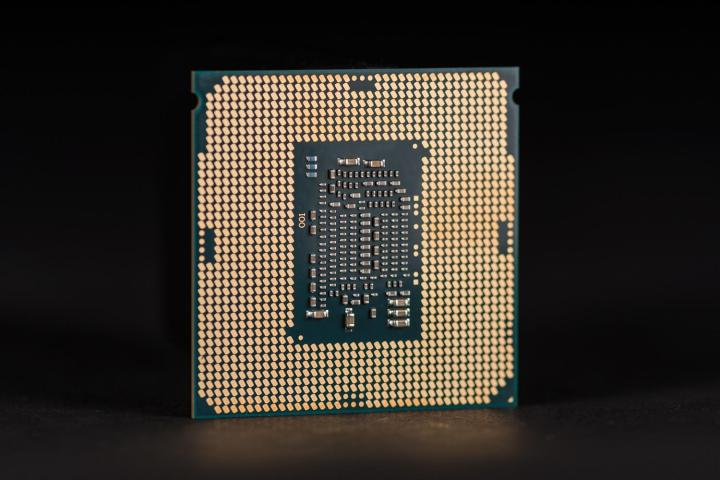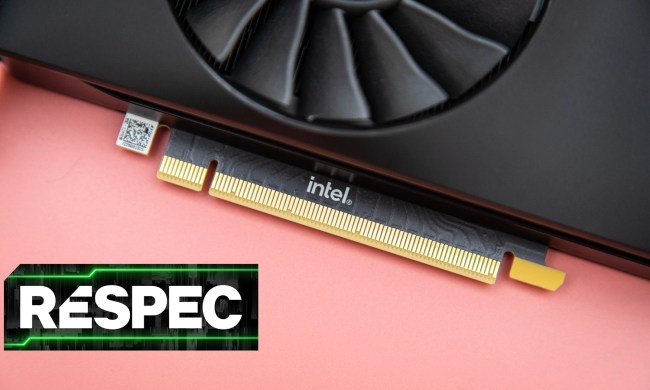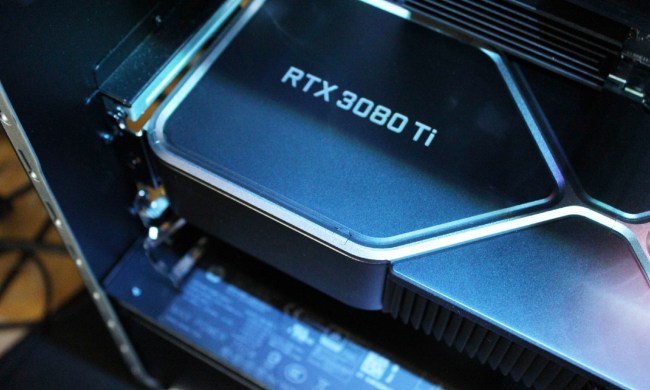
The way it works is a little bit different than typical overclocking. A processor’s clock speed is determined by its base block, usually 100 MHz, times its multiplier. Usually, unlocked CPUs have a variable multiplier that can be bumped to offer faster speeds in increments of the base clock. For example, a Core i3-6100 has a base clock of 100MHz, and a multiplier of 37x, so it has a clock speed of 3.7GHz.
In the case of the locked Skylake chips, it’s the base clock, not the multiplier, that’s being raised. In the case of TechSpot’s trials with the i3-6100, they were able to raise the base clock to 127MHz, for a 1GHz boost overall. That’s an impressive overclock for a $125 chip, especially on air-cooling. The trick requires an ASRock Z170 motherboard equipped with an upcoming BIOS update, and also slightly increases the RAM’s clock speed. Know that doing so disables the integrated graphics, so you’ll need a dedicated card.
The now 4.7GHz processor provided modest performance improvements in line with what you might expect from a multiplier-based overclock. TechReport showed off 15-25 percent improvements in both single-core and multi-core performance in a number of areas. Gaming wasn’t as significant, but it should be noted that a GTX 960 was likely a bottleneck in the test system. It also only increased power consumption across the system by 25 percent, not bad for a 27 percent processor voltage and frequency bump.
For now, the BIOS update is still undergoing internal validation at ASRock, but when it rolls out, it will turn all of the brand’s Z170 motherboards into budget overclocking machines. Other motherboard manufacturers, including Asus and Supermicro, have hinted that they’re working on a similar BIOS update. None of this is condoned by Intel, so you’ll have to overclock at your own risk.



